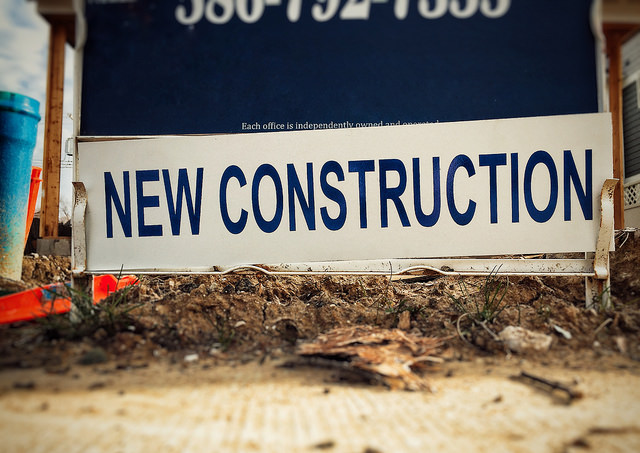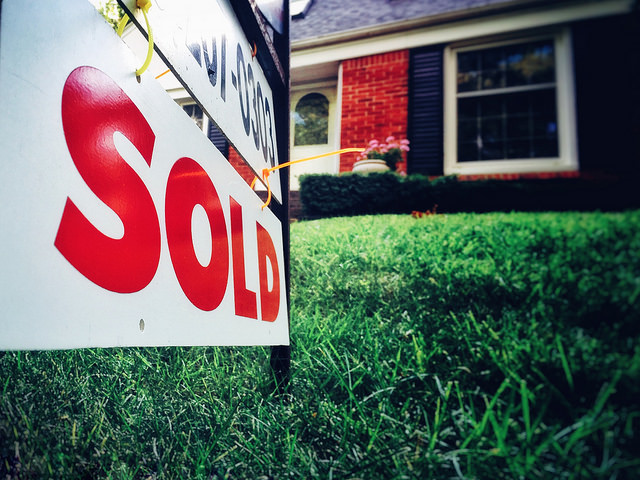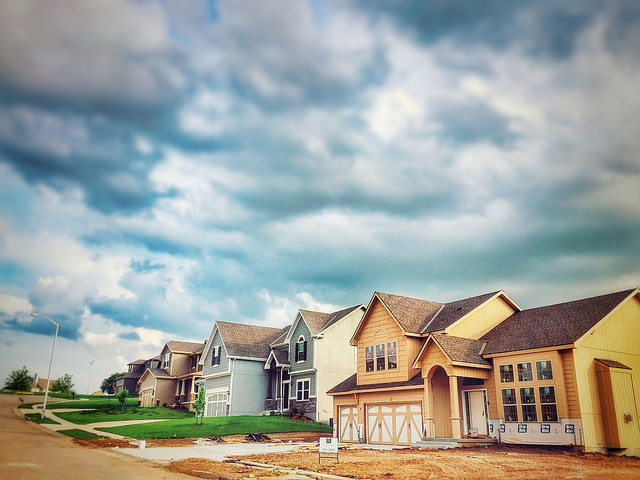Whenever the topic of millennial home buyers comes up, the assumption is that they’re all searching for urban lofts and using the latest tech to find them. In other words, the next generation of home buyers isn’t interested in the old way of doing things. However, survey after survey seems to contradict those assumptions. In fact, recent surveys have found millennials are far more traditional than most assume. For example, a recent survey of Americans between the ages of 18 and 34 found large majorities said they’d prefer to work with a local real-estate agent and lender as opposed to online services when searching for a house to buy. Doria Lavagnino, co-founder and president of CentSai, the company behind the survey, says younger buyers want the comfort and reassurance of a recommendation from someone they trust. “Buying a home for the first time is daunting, and working with a local agent – particularly an agent referred by a parent or friend – could provide peace of mind.†The survey also found a majority of respondents said they plan to buy in the next two years and – among those who said they don’t plan on buying – nearly 70 percent said it’s because they can’t afford to, rather than because they prefer to rent. More here.













